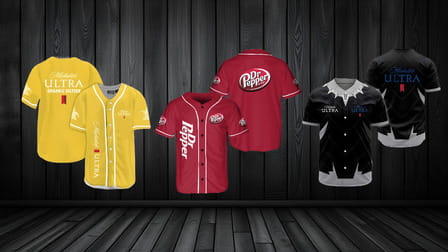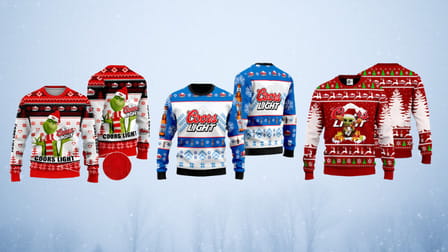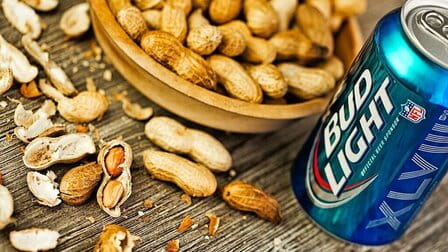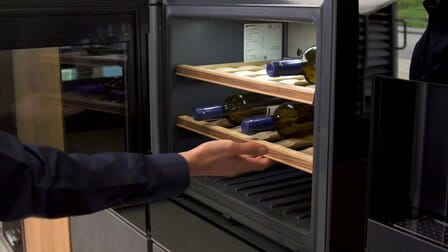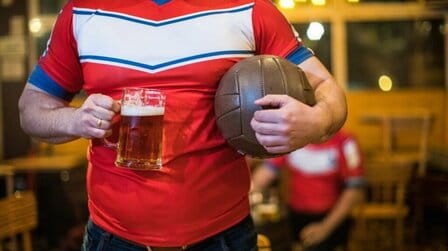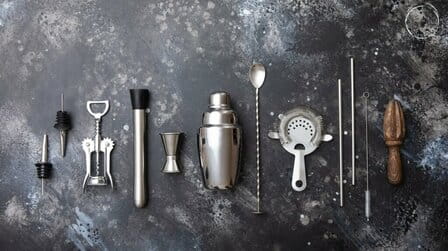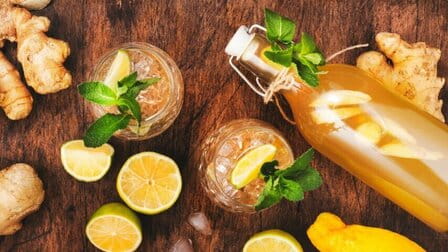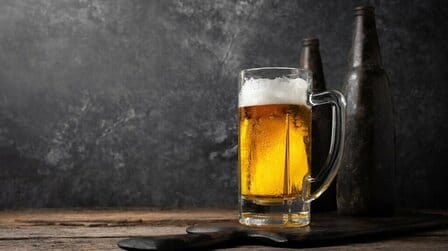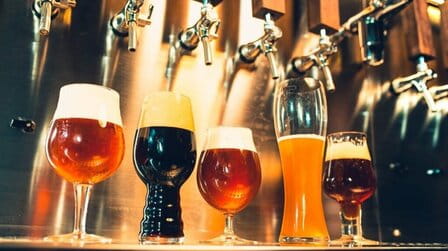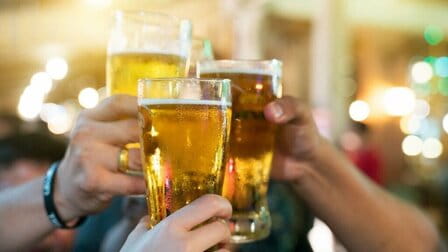Beer is one of the world's most popular alcoholic beverages, and it goes great with a variety of foods. Pairing beer with the right dishes can enhance the flavors of both the beer and the food. Here are some tips on what foods pair well with different beer styles.
Complementary Flavors
When pairing beer with food, you generally want to match complementary flavors. For example, pair sweeter beers with spicier dishes, and fruitier beers with salads or sweet foods. Bitter and roasted beers go well with fatty, rich foods. Here are some examples:
India Pale Ales
IPAs tend to be quite hoppy and bitter. Their bold flavors pair nicely with spicy foods like hot wings, curries, or Mexican dishes. The hops help cut through the heat.
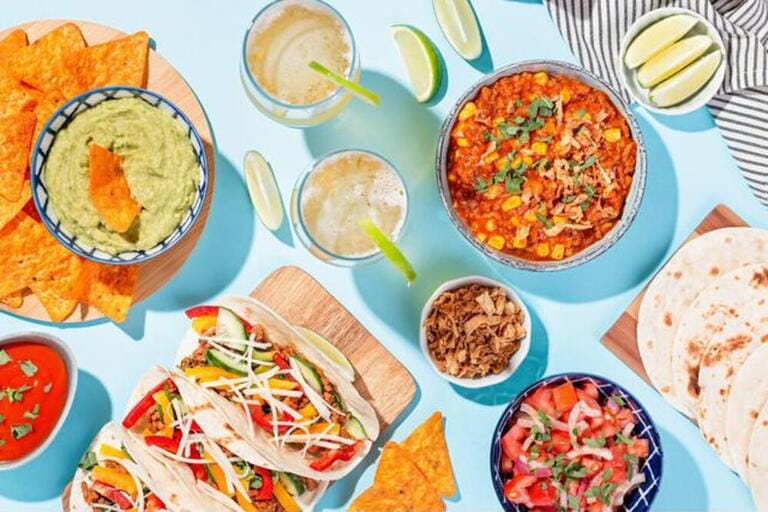
Wheat Beers
Fruity and aromatic wheat beers taste great with salads, seafood, chicken, and other light fare. The hint of sweetness enhances citrus and vinaigrette dressings. Wheat beers also complement spicy Asian dishes.
Stouts and Porters
Dark, roasty beers like stouts and porters stand up well to fatty meats like burgers or steaks. They also pair nicely with smoked or grilled foods. The roasted malt flavors complement the charred flavors.
Pilsner

Crisp and refreshing pilsners go well with a variety of dishes, from chicken wings to seafood. Their light maltiness and moderate bitterness work well with these foods without overpowering them.
Cooking with Beer

Incorporating beer as an ingredient when cooking or marinating can also bring great flavor. For example:
- Use an amber ale or brown ale to braise or stew meats like beef, pork, or chicken. The maltiness adds great depth.
- Marinate fish or chicken in a wheat beer before grilling or baking. The light fruity flavors impart a subtle sweetness.
- Deglaze a pan with an IPA after cooking meat to make a flavorful pan sauce. The hoppy bitterness balances the rich meat juices.
- Add a splash of stout or porter to chili, pot roasts, or baked beans. The roasted notes augment the slow-cooked flavors.
- Light lagers like pilsners can replace water or stock in a variety of recipes like soups, risottos, or poached fish.
So experiment with cooking with different beer styles to see which ones complement your recipes best!
Popular Beer and Food Pairings
Here are some more classic pairings that highlight how beer and food can really bring out the best in each other:
Burgers and Pale Ales
A hoppy and moderately bitter pale ale cuts through the rich fattiness of a juicy burger wonderfully. The crisp carbonation also helps cleanse the palate.

Fish and Chips with ESB
The balanced maltiness of an extra special bitter ale complements the hot fried food without overpowering the delicate fish. The carbonation also helps cut through the oiliness.
Mexican Food and Lagers
Crisp, clean, and refreshing Mexican lagers like Corona and Modelo taste fantastic with spicy Mexican dishes like tacos, enchiladas, or fajitas. They help tame the heat while complementing the bright flavors.
Oysters and Stouts
The rich, silky texture and roastiness of stouts pair exquisitely with fresh, briny oysters. Stouts also taste great with a variety of shellfish.

Barbecue Ribs and Brown Ales
Malty, nutty brown ales match up perfectly with sweet barbecue ribs. The caramel flavors in the beer mirror the ribs' sticky barbecue sauce.
Chocolate Desserts and Porter
The cocoa-like flavors of roasted malts in porters harmonize flawlessly with chocolate cakes, brownies, or even chocolate chip cookies. The lush, silky beer enhances chocolate's decadence.
Tips for Pairing
Here are some final tips for successful beer and food pairing:
- Match intensities - Pair bold beers with bold foods, and delicate beers with delicate foods. Don't let either overwhelm the other.
- Consider ABV - Higher alcohol beers can overpower many dishes. Moderate strength beers usually make the best pairings.
- Carbonation levels matter - Heavily carbonated beers help cut through fatty or oily foods. Less carbonation works better with lighter fare.
- Try to match regionally - Pair German beers with sausage, Belgian beers with mussels, English beers with cheddar, etc. Traditional pairings endure for a reason.
- Experiment and have fun! Taste is subjective so not every "perfect" pairing will work for you. Keep trying new combinations until you find matches you love.
Following basic pairing principles helps, but finding ideal beer and food matches for your personal palate takes experimentation. You can even try some mixed drinks made with beer. The key is to keep your mind open and your glass full!
Frequently Asked Questions
Q: What basic flavors do different beer styles have?
A: Here are some of the main flavor profiles of popular beer styles:
- IPAs - hoppy, bitter, sometimes fruity
- Stouts/porters - roasted, coffee, chocolate
- Wheat beers - fruity, spicy, tart
- Lagers - clean, crisp, malty, moderate bitterness
- Sours - tart, funky, citrusy
- Belgians - fruity, spicy, complex yeast character
Q: Should I pair beers and foods from the same region?
A: Traditional pairings from the same region can be a great starting point. For example, English pale ales with fish and chips, or German lagers with bratwurst. But don't be afraid to experiment with non-traditional combinations too. Sometimes contrasts between beer and food regions can complement each other wonderfully.
Q: What foods should be avoided when pairing with beer?
A: In general, extremely spicy or extremely fatty foods don't pair that well with beer, as the intense flavors can overpower the beer's more nuanced flavors. Soft cheeses can also overpower many beer styles. And desserts or foods that are extremely sweet don't tend to complement most beers.
Q: What characteristics make a beer good for cooking with?
A: When cooking with beer, you generally want a beer with pronounced flavors - usually darker beers that are somewhat malty and caramelly. Stouts, porters, brown ales, and amber ales are all good choices. You also want a beer that isn't overly bitter, as boiling can intensify bitterness. Finally, avoid beers with very high alcohol, as the alcohol flavor concentrates when cooking.
Q: What snacks pair well with beer?
A: Some great beer snacks include:
- Nuts - the protein helps balance the alcohol
- Pretzels or chips - the saltiness provokes thirst
- Cured meats like sausage or salami
- Pickles - the tangy acidity complements the beer
- Pizza - carbohydrates aid in alcohol absorption
- Cheese, especially strong ones like bleu cheese or aged cheddar
In general, salty, meaty, fatty, or acidic foods tend to complement beer's flavor profile.
Conclusion
Pairing food and beer may seem complicated, but a bit of knowledge about basic beer and food characteristics goes a long way. Match intensities and flavors, consider regional pairings, and above all, don't be afraid to experiment to find what works for you! With the amazing range of beer styles and food cultures to choose from, the possibilities for great beer and food marriage are endless.
